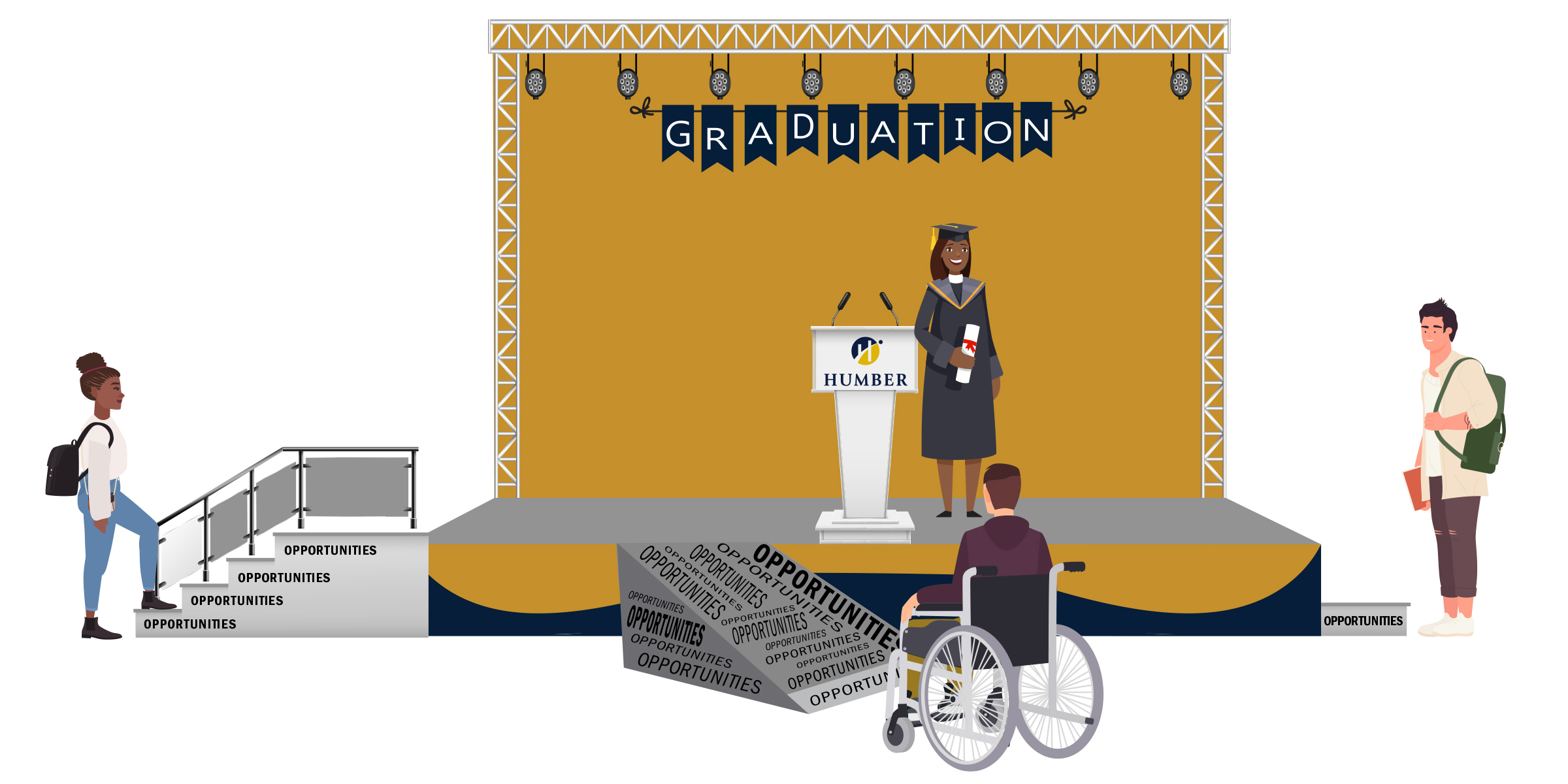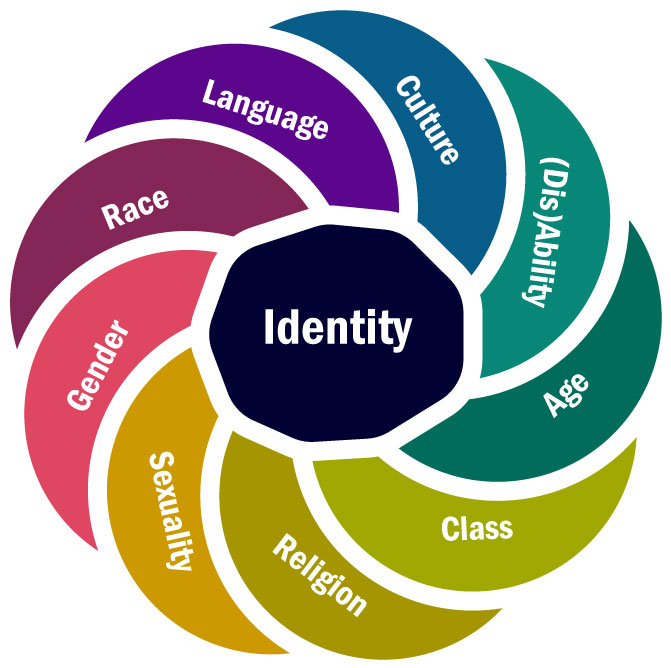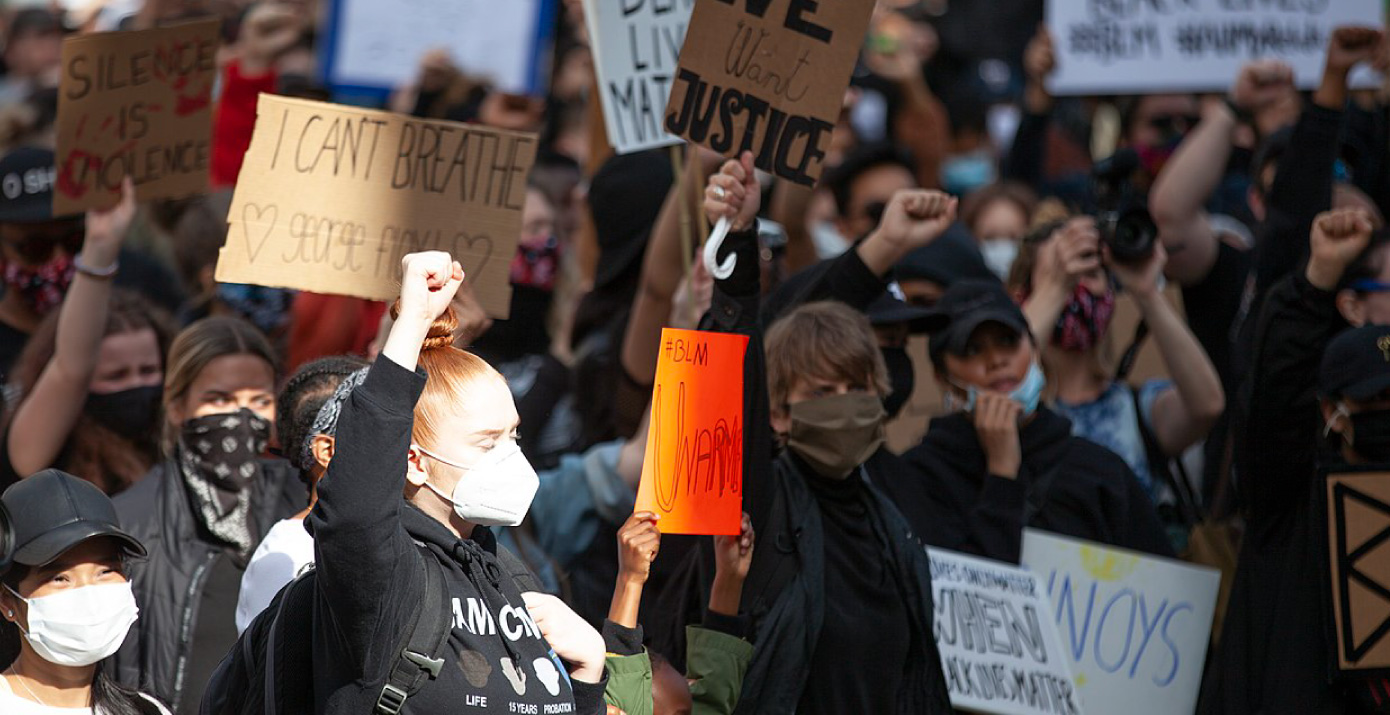The right to participate in co-creating society: the structures, systems, institutions, practices and theories that explicitly and implicitly produce the social order in which we exist. It recognizes that humans thrive through connection. It stands in opposition to “othering,” the process whereby groups are seen as outside the mainstream of society. Belonging refers to an emotional need to affiliate and be accepted (Powell/HAAS Institute, 2021).

Alexander Suhorucov | Pexels
The knowledge and skills students are expected to learn (Glossary of Education Reform, 2015). This includes teaching and learning materials, aims and objectives, learning outcomes, academic and competence standards, the syllabus, teaching methods and learning activities, and assessment and feedback (Morgan & Houghton, 2011). Curriculum includes what is overtly taught (explicit curriculum), what is implicitly taught through instructor knowledge, implicit biases and values, and what is not taught (null curriculum) (Eisner, 1996).

Drazen Zigic | Shutterstock
The body of knowledge and information that instructors teach and that students are expected to learn” (Glossary of Education Reform, 2016).

The specialized knowledge of instructors for creating effective teaching and learning environments for all students” (Guerriero, n.d., p. 2).

Gorodenkoff | Shutterstock
The "knowledge that integrates the content knowledge of a specific subject and the pedagogical knowledge for teaching that subject” (p. 5) in a manner informed by insight on students' identities and needs. It recognizes that learning includes a psychological process that occurs in a social context and that success in learning is dependent on both the cognitive and affective attributes of students (Guerriero, n.d.).

Humber College
"Communities who were historically and who are currently underserved and underrepresented. These include women, Indigenous persons, racialized persons, persons with disabilities, persons from diverse gender identities, persons who identify as members of the 2SLGBTQ+ community” (Humber EDI Task Force, 2021).

eLM graphics
Refers to a process for analyzing the systems, structures, policies, processes and practices of an institution with the goal of eliminating barriers to inclusion for equity deserving groups. Within education, using an equity lens requires consistently and intentionally using “liberatory thinking..., valuing and prioritizing the diverse voices of students and communities, creating equitable student experiences... and examining policies and systems to promote equitable opportunities for student” and stakeholder groups who are most impacted by structural inequities (Chicago Public Schools, 2020).

Rawpixel.com | Shutterstock
Originally coined by Kimberlé Crenshaw in 1991, “intersectionality is a way of understanding and analyzing complexity in the world, in people, and in human experiences. The events and conditions of social and political life and the self can seldom be understood as shaped by one factor. They are shaped by many factors in diverse and mutually influencing ways. When it comes to social inequality, people’s lives and the organization of power in a given society are better understood as being shaped not by a single axis of social division, be it race or gender or class, but by many axes that work together and influence each other. Intersectionality as an analytic tool gives people better access to the complexity of the world and of themselves” (Collins and Blige, 2016, p. 2).

Humber College
The "act of treating someone or something as if they are not important” (Cambridge Dictionary, 2021). It includes “the concept of intentionally forcing or keeping a person in an undesirable societal position” (Reference.com, 2021).

geralt | Pixabay
"A special, unearned right, advantage or immunity granted or available only to a one person or group of people” (Dictionary.com, 2021; Frendo, 2012).

A1Cafel | Wikimedia Commons
The ways in which white supremacy – “the belief that white people are superior to people of other races and that white people should have control over other races [including] the social, economic and political systems that collectively enable white people to maintain power over people of other races” (Merriam-Webster, 2021) – is historically rooted in the structures, practices and legislations that make up Canada. Rooted in the power to act, it goes beyond individual attitudes, behaviours and biases, ideologies and institutional policies and practices to examine how systems such as education, health care, economics, politics, property ownership, judicial and criminal justice have all been grounded in racial inequity (Feagin, 2006; James, 2010; Chun, 2017; Gao, 2020).

Tm | Wikimedia Commons